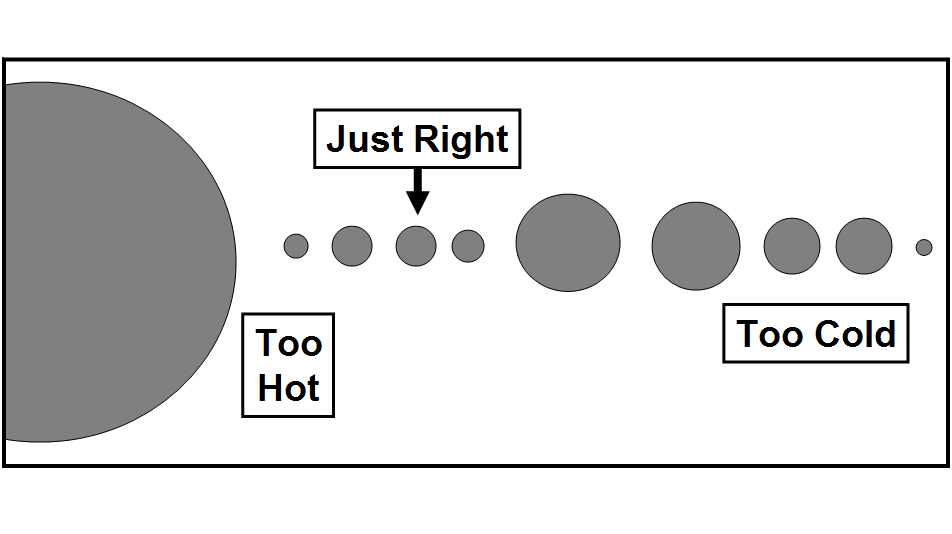Sustainability commonly refers to the ability for human and/or ecological systems to be sustained on Earth in the face of natural resource depletion, environmental degradation, and other stressors. Astrobiology is the study of life in the universe, including Earth-life colonizing space and life that originates elsewhere. Both are interdisciplinary fields asking big-picture questions about humanity and its surroundings. While sustainability almost always focuses on life on Earth, much about sustainability can be learned from astrobiology. This paper presents several ways of building astrobiology into an undergraduate sustainability course, explaining the concepts and sharing resources including a syllabus, readings, and an essay question. This paper is based on Geog 30, an introductory undergraduate sustainability course the author taught at Penn State.
Where and when can life be sustained? Life can only be sustained in habitable zones: places and times in which life can exist. Habitable zones exist across many scales. Habitable planets can only exist within certain zones of galaxies and solar systems. The Goldilocks Principle says that habitable conditions must be “just right”. For example, as pictured above, Earth can’t be too close to or too far from the Sun, or else its temperature would be too hot or too cold. The same principle holds within Earth for humans: some regions are too wet (such as oceans) or too dry (such as deserts), although human technology can often find ways around these limitations (such as submarines).
Long-term sustainability. For how long can human civilization, or life in general, be sustained? Earth will probably remain habitable for several billion more years, until the Sun becomes too warm and large. If humans or other Earth-life can successfully colonize space, then we can survive for much longer, though the physics of the fate of the universe is not well understood. And so eventually, sustainability will require space colonization. But the several billion years remaining on a habitable Earth is a long time to achieve space colonization. For people alive today, the most important task towards eventual space colonization is preventing civilization-ending global catastrophes such as nuclear warfare, pandemics, disruptive technologies, and ecological collapse
Extraterrestrial life. If there is extraterrestrial life, then perhaps life will be sustained in the long-term even if we fail to colonize space before the world becomes not habitable. So far, extraterrestrial life has never been detected despite how old and large our galaxy is, a predicament known as the Fermi Paradox. Several explanations exist for this paradox. One is that civilizations inevitably destroy themselves when they become sufficiently intelligent to do so, a frightening prospect for humanity. Another is that civilizations cannot sustain the rapid growth needed to reach distant corners of the galaxy. A third explanation is simply that there is no extraterrestrial life. We may be the galaxy’s (or even the universe’s) only shot at something truly special. These possible explanations feed into a suggested essay question: Is humanity doomed? In other words, is the current human population unsustainable?
Academic citation:
Seth D. Baum, 2013. Teaching astrobiology in a sustainability course. Journal of Sustainability Education, February issue (online).
Image credit: Seth Baum
This blog post was published on 28 July 2020 as part of a website overhaul and backdated to reflect the time of the publication of the work referenced here.




